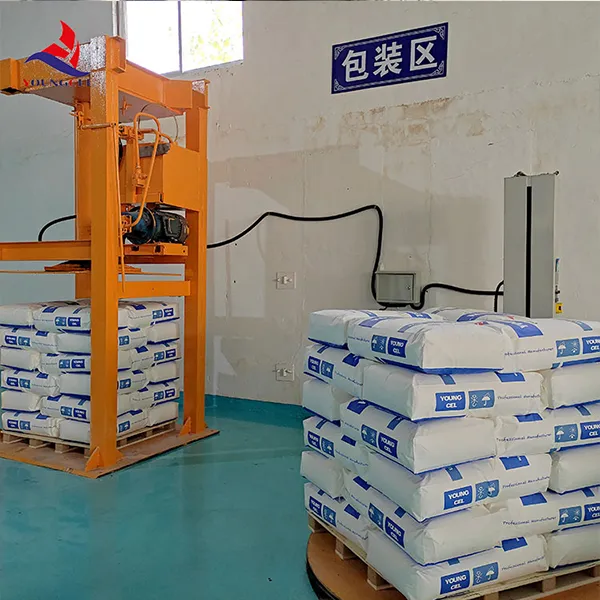Understanding China HPMC for Tile Adhesive
Hydroxypropyl Methylcellulose (HPMC) is a widely used cellulose ether known for its versatility and functionality in various applications, including construction, particularly in tile adhesives. In China, HPMC has become a crucial component in the formulation of high-quality tile adhesives, contributing significantly to the efficiency and performance of these products.
What is HPMC?
HPMC is a water-soluble polymer derived from cellulose, the most abundant organic polymer on Earth. It is created through the etherification of cellulose fibers, resulting in a product that exhibits many valuable properties, such as water retention, adhesion, and improved workability. HPMC is available in different grades, tailored to meet specific needs in various applications, including tile adhesive production.
Importance of HPMC in Tile Adhesives
1. Enhanced Workability One of the primary reasons HPMC is included in tile adhesives is its ability to enhance workability. The chemical modifies the viscosity of the adhesive, allowing for easy application without slippage. This is particularly beneficial in the tiling process where horizontal and vertical placements are common.
2. Water Retention HPMC possesses excellent water-retaining properties which are essential for tile adhesion. When mixed with water, it forms a gel-like consistency that prevents rapid evaporation during the application process. This ensures that tiles maintain adequate moisture to adhere properly to surfaces, minimizing the risk of delamination and ensuring a strong bond.
3. Open Time The open time refers to the period during which the adhesive remains workable after being applied. HPMC enhances this characteristic, allowing users ample time to adjust tiles before the adhesive sets. Longer open times are particularly advantageous in climates that may influence working conditions, such as high temperatures or windy environments.
4. Improved Adhesion HPMC improves the adhesive properties of tile adhesives, enabling them to bond securely to various substrates, including concrete, cement board, and gypsum. This versatility is crucial as it allows manufacturers to cater to diverse customer needs and application scenarios.
china hpmc for tile adhesive

5. Anti-Sagging Properties When using large tiles or when tiles are applied in vertical positions, anti-sagging properties become important. HPMC provides thixotropic characteristics, which help maintain the adhesive's stability, preventing it from sliding or sagging over time.
Applications in the Construction Industry
In China, the construction industry is booming, with a growing demand for tile adhesives in residential, commercial, and industrial applications. HPMC-containing tile adhesives are sought after for their comprehensive benefits, and manufacturers are increasingly focusing on developing high-performance products that meet industry standards.
The popularity of ceramic tiles, natural stones, and engineered stones contributes to the escalating use of HPMC in adhesives. As the market evolves, manufacturers are innovating formulations with HPMC to enhance properties and performance to meet specific needs, such as rapid setting or enhanced moisture resistance.
Environmental Impact and Sustainability
As global awareness of environmental issues grows, so does the need for sustainable building materials. The cellulose ether industry, including HPMC production, is evolving to meet these demands. Researchers and manufacturers are exploring eco-friendly production methods and the potential for recycling materials. HPMC itself is biodegradable, making it a favorable option for environmentally conscious builders.
Conclusion
In conclusion, HPMC plays an indispensable role in the formulation of tile adhesives in China, providing essential properties such as enhanced workability, water retention, and superior adhesion. As the construction industry continues to innovate and address increasing demands for quality and sustainability, HPMC remains at the forefront of tile adhesive technology, ensuring strong and lasting bonds that meet the needs of today's construction projects. Embracing these advancements will not only support superior construction practices but will also promote a greener future in the building materials sector.




